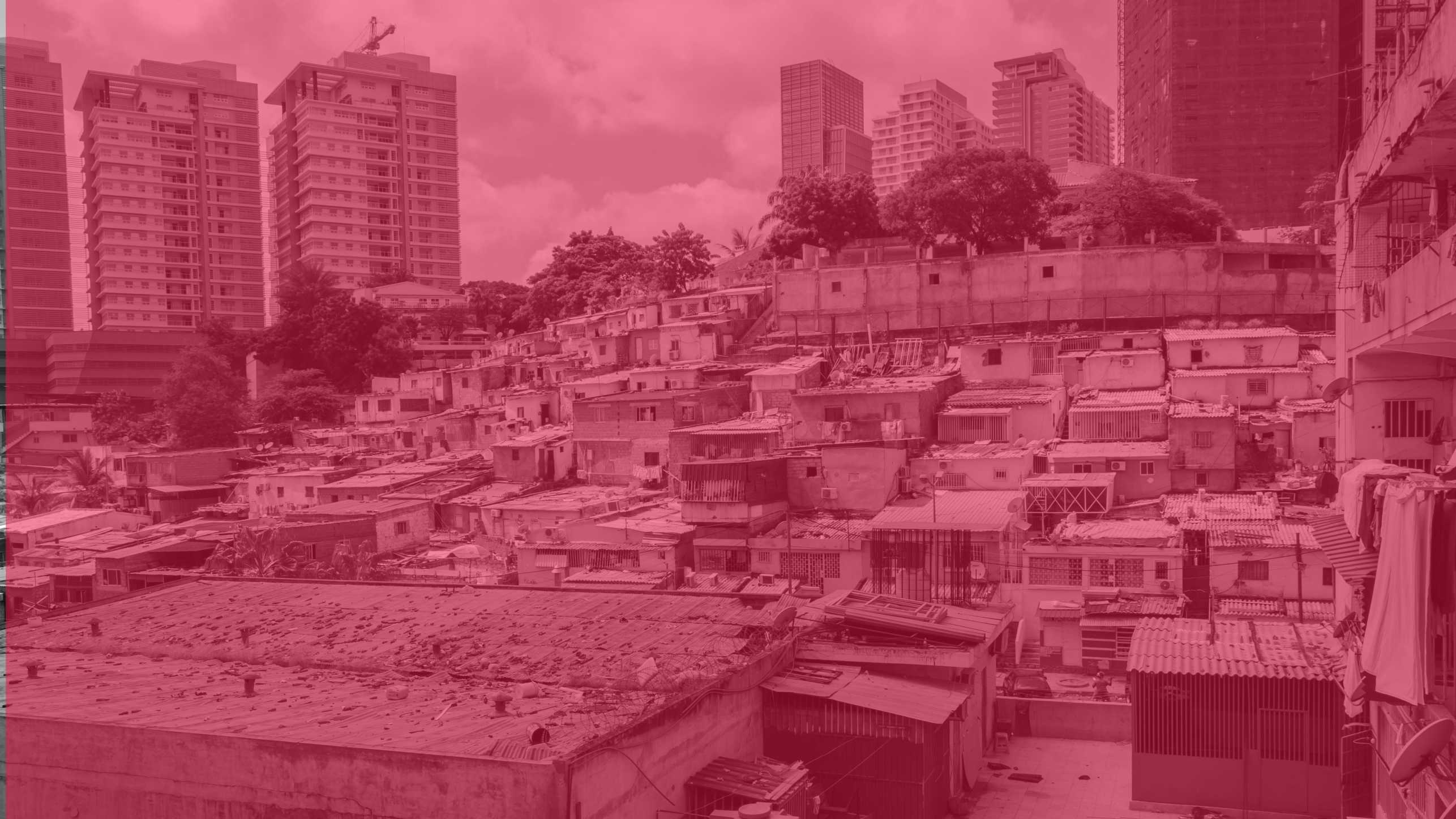Inequality & Discrimination

Even though economic development has lifted millions out of extreme poverty, many people across the globe are still at risk of being left behind. Data-driven evidence can help to identify particularly disadvantaged groups and inform policymakers in order to make institutions more equitable and fight persistent economic inequality.
But how do we measure group-based inequality — the unequal distribution of socioeconomic outcomes across different groups of people defined by gender, ethnicity, geographical location, or religion — across different dimensions such as education, health, or income? How do perceptions about these inequalities determine individuals’ redistributive preferences? Do overlaps between these social groups — so-called intersectionalities — provide further insights into the disadvantages that those left behind face? And finally, when do these disadvantages constitute a form of discrimination?
To answer these questions, researchers from DEC use data from multiple sources, such as experiments, household surveys, and administrative records, to empirically assess the determinants and implications of inequality around the world.
Researchers: Kenneth Harttgen, Isabel Günther, Dario Meili
Publications
Tetteh-Baah, S., Harttgen, K., Lahoti, R. and Günther, I., external page Horizontal Inequalities in Africa. Review of Income and Wealth, 2024